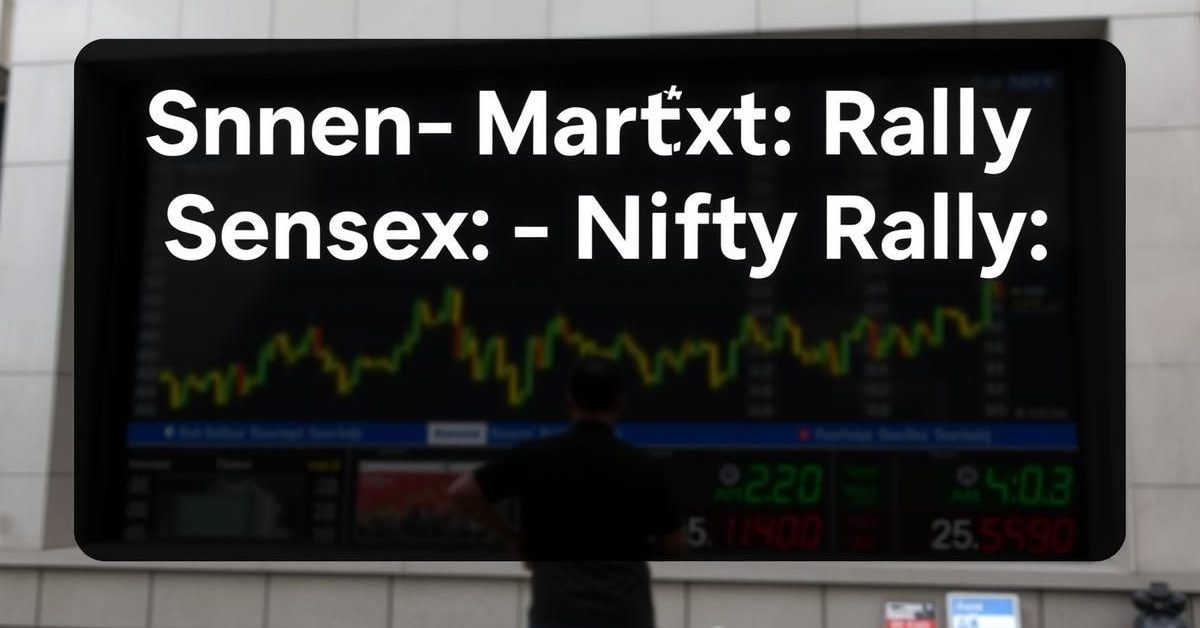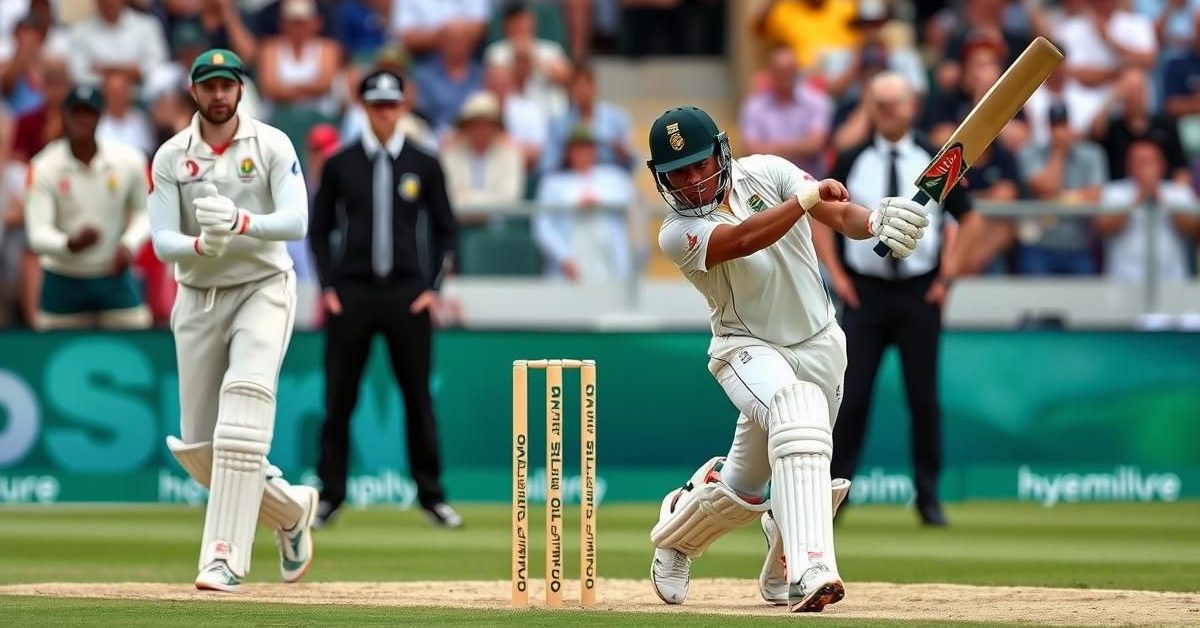A ripple of anticipation spread through global markets as former President Donald Trump, known for his aggressive stance on international trade, recently hinted at a “very big” commercial agreement with India. This provocative statement arrived amidst ongoing, high-stakes negotiations between Washington and New Delhi, aiming to forge a comprehensive trade pact before a critical US tariff suspension period concludes on July 9.
The declaration, made at a “Big Beautiful Bill event” in Washington D.C., underscored Trump’s signature negotiating style. His comments ignited speculation about the potential scope and impact of such a significant deal, particularly following the recent signing of a major economic accord with China.
Trump’s Trade Philosophy: “Opening Up Nations”
Speaking to an audience keenly awaiting his insights, Donald Trump articulated his vision for international commerce. “Everybody wants to make a deal and have a part of it,” he asserted, contrasting this with past criticisms that his administration lacked global interest. He pointed to the freshly inked agreement with China as proof of his strategy’s efficacy, emphasizing the goal of “opening up China.”
Crucially, Trump then pivoted to India, declaring, “We have one coming up, maybe with India. Very big one. Where we’re going to open up India.” This bold pronouncement suggests a desire for greater market access and economic liberalization within the burgeoning Indian economy, mirroring the ambitious terms sought in other major trade discussions.
The Looming Deadline: Tariffs and Tensions
The urgency surrounding these discussions is palpable. On April 2, the United States had implemented a 26 percent reciprocal tariff on various Indian goods, a move that prompted a 90-day pause period set to expire on July 9. This impending deadline serves as a powerful motivator for both nations to finalize an agreement and avert the full implementation of these duties.
Trump also reiterated his “America First” approach, indicating that not all nations would secure favorable terms. “We’re not going to make deals with everybody,” he stated plainly, suggesting that some countries might simply face higher tariffs – a “25, 35, 45 percent” duty – rather than engage in complex negotiations.
Behind the Scenes: US Negotiators’ Objectives
Earlier this month, a delegation of US trade negotiators visited India, intensifying efforts to bridge gaps and find common ground. The White House, via spokesperson Karoline Leavitt, confirmed that the United States Trade Representative (USTR) had dispatched letters to all trading partners, serving as a “friendly reminder” of the approaching July 8 deadline for reciprocal tariff offers.
US Secretary of Commerce, Howard Lutnick, shed further light on America’s objectives. He emphasized the administration’s commitment to revitalizing domestic advanced manufacturing capabilities and rectifying the persistent trade deficit with India. Lutnick expressed optimism that both sides had “found a place that really works” for their respective economic interests, hinting at a mutual path forward.
India’s Strategic Priorities: Diversification and Growth
From India’s perspective, the potential trade deal holds significant strategic importance. Indian officials have consistently highlighted the country’s interest in diversifying its procurement of essential resources, particularly in the critical sectors of oil and defense. Increasing imports from the United States in these areas could substantially contribute to narrowing the existing goods trade gap.
This strategic shift comes as India’s refining capacity continues to expand, alongside a rising dependency on oil imports, which remarkably surged to 90 percent in April 2025. A comprehensive trade agreement with the US could therefore serve India’s long-term economic and energy security goals, offering a more balanced and robust trade partnership.
A Pivotal Moment for US-India Relations
As the July 9 deadline approaches, the possibility of a “very big” trade deal between the United States and India remains a focal point of international economic discourse. The successful conclusion of such an agreement would not only reshape bilateral trade flows but also signify a deeper strategic alignment between two of the world’s largest democracies, potentially setting a new precedent for global commerce.














